|
This is our blog which we try to keep updated about the Covid19 entry requirements for African countries, as well as any other rules and regulations. What has emerged as standard in Africa is that all countries require a negative PCR test before you are allowed to travel to them. This means that if you are visiting multiple countries, you generally have to get a new PCR test every time you depart one country and head to the next. UPDATE: Countries have slowly started dropping the PCR test requirement for vaccinated travellers For other popular countries and destinations, we will tell you how it easy to get tested inside each country, but first, we have made a table to show what the requirements are for you to enter the various countries in the first place. The rules can change without warning and should always be checked on each country's government website.
South Africa South Africa is the biggest country in Southern Africa and the economic hub of the region. It is also the transit hub for Southern Africa as many flights to Botswana, Zimbabwe, Namibia and Mozambique transit through Johannesburg. This means that these other countries are often dependent on South Africa for getting travellers through to them and back out again, which made it important for South Africa to be able to offer speedy and easily accessible PCR tests. Travellers departing from OR Tambo Intl airport in Johannesburg may now get tested and collect their PCR certificate at the airport prior to departure. Next Pathology has opened a rapid PCR testing lab in the Kafue Room of the Intercontinental Hotel, just outside the international arrivals hall. The lab promises a turnaround time of only 2 - 4 hours for test results. You should make an appointment on their website, here: https://nextbio.co.za/nextpath-for-travel/ In Cape Town Airport, Navomix is operating a testing clinic near the food court which can produce rapid PCR test results within 2 - 4 hours. Here is the website: https://navomixhealth.co.za/ One of our preferred guesthouses in Johannesburg, Safari Club SA, is now offering day rooms to all travellers waiting for their PCR test results. Guests will be allocated a room for the time they are at the hotel and will have access to all the hotel amenities including bar services, swimming pool, use of the garden and ordering of meals. Transfers are included in the day room rate. In the Greater Kruger Park, South Africa’s wildlife gem and one of its most popular destinations, PCR testing is also possible now. A PCR clinic has been set up in the town of Hoedspruit, which is the nearest town to many lodges within the Greater Kruger Park. Tests are only carried out between 08:00 - 10:30am. Lodges are able to transfer guests in between safari activities to the town of Hoedspruit to get a PCR test done. The cost of the test is ZAR850 per person, while the cost of the transfer will differ depending on the lodge you are staying at. Some lodges have gone a step further and are able to offer PCR tests in your room. Please ask us for an updated list of which lodges can do this. Botswana Botswana is one of the most popular destinations for a wildlife safari due to the exquisite unspoilt nature of its wilderness. However this vast wilderness and lack of infrastructure which many people fall in love with also originally meant that getting a PCR test done would be difficult. You must be fully vaccinated and have received a booster shot in order to enter Botswana without a PCR test. If you have not received a booster shot, but have only received your second shot within the previous 6 months, you do not need a PCR test. All other travellers need a negative PCR test not older than 72 hours to enter Botswana. If you have not received your second dose or your booster shot, you will receive the shot upon landing in Botswana. Unvaccinated travellers are not allowed to enter Botswana.. All passengers departing Botswana require a negative PCR, no matter where you are flying to. You can be tested in camp (which is expensive) or you can do an Express PCR test at Maun Airport for BWP1200 per person. For those departing from Kasane, it is very easy to get tested at the clinic there for BWP500. Prices are subject to change. Zimbabwe The primary destination of choice for any traveller to Zimbabwe is Victoria Falls, so this is where the government has focussed most of its efforts. PCR testing is now possible upon arrival or departure at Victoria Falls Airport, with a waiting time of 3-6 hours for the results. Alternatively, several luxury lodges offer in-house testing now. The cost of the test is US$60 per person, but this can change without notice. Namibia The majority of itineraries to Namibia only include one or two nights at each destination, which makes finding the time to have tests done difficult. In addition, Namibia is a vast, sparsely populated country. Namibia has come up with an ingenius solution. As all safaris typically start and end in Windhoek, PCR test roadblocks have been set up on the two main highways into Windhoek. This means that as you return to Windhoek, you can stop off and get tested. Results take 7 - 14 hours, which means you will likely need a night of post-tour accommodation before departing, but this has to be the most simple testing solution we have come across in Africa so far. You can view more details and book an appointment here: https://www.covidtestnam.com/ Zambia From 28 March 2021, fully vaccinated travellers no longer require a negative PCR test to enter Zambia. All unvaccinated or partially vaccinated travellers require a negative PCR test not older than 72 hours. To leave Zambia, you will only need to get another PCR test done if the country you are travelling to requires it. For some reason, in addition to a negative PCR test certificate, you also have to get a Ministry of Health certification which is a separate document with an additional cost. Many people visit Zambia to see the mighty Victoria Falls. There are testing facilities in the town of Livingstone, but is very difficult to arrange the testing on an individual basis, especially since you cannot pay for the tests with cash or credit card. Only EFT bank transfers are accepted. For this reason, hotels have stepped up to help guests arrange tests. You can pay the hotel for your PCR test and they will then transfer the payment to the Zambian health authorities. Private testing can be conducted at the hotel and the hotel will help to arrange this. The test costs between USD100 - USD150. If you are going on a wild and remote safari in Zambia, to places such as Kafue, South Luangwa and Lower Zambezi, it is possible to get tested there and have your swabs flown to Lusaka for processing. This incurs quite a cost, you are looking at US$250 - US$320 and it might be cheaper just to spend a night in Lusaka at the end of your holiday and get tested there. All test results take 24 - 48 hours to be delivered. Therefore, if you are only visiting Victoria Falls for 2 nights, it would be a good idea to get tested on the day you arrive. Tanzania Fully vaccinated travellers no longer require a PCR test to enter Tanzania. All unvaccinated or partially vaccinated travellers require a negative PCR test not older than 72 hours. Everyone needs to fill out a traveller surveillance form. Filling out this form will give you a Unique Health Code which must be presented upon landing in Tanania. The form can be filled out here: https://afyamsafiri.moh.go.tz/ You may need a negative PCR test to depart, depending on the country you are departing to, or the airline you are travelling with. It is possible to get a negative PCR test in Dar Es Salaam, Arusha and Zanzibar. Tests cost between USD100 - 120 and results can take up to 96 hours. Please note that the current government advice is for travellers to undergo Covid19 testing a minimum of 5 days prior to departure to allow enough time for results to be delivered. Kenya All vaccinated travellers no longer require PCR tests in order to enter Kenya. If you are over 18, you must be vaccinated in order to enter Kenya. If you are over 18 and unvaccinated, you will be denied entry. Proof of vaccination must be uploaded to www.globalhaven.org before you board your flight. If you are under 18 and unvaccinated, you will require a negative PCR test not older than 72 hours in order to enter Kenya and will then be given a rapid antigen test upon arrival at a cost of US$30. All travellers (including those in transit) will be expected to fill the traveler’s health locator form and submit before travel (please do this once you have your airline seat numbers). All arrivals are expected to self-monitor and report daily through the jitenge platform for 14 consecutive days in Kenya. From 01 January 2021, all travellers requiring a visa will need to apply for an e-visa in advance. No visas shall be issued on arrival in Kenya. For more information visit www.evisa.go.ke When departing Kenya, it is possible to be tested in your hotel in Nairobi at a cost of US$120 per person. Results will be ready within 24 hours. It is also possible to be tested in some safari destinations, including the Maasai Mara. The collection point for testing in the Maasai Mara is in Mararienta, close to Musiara Gate and it costs US$110. Alternatively, the test can come to your camp, for US$140 per person (*min 2 guests.) Testing in the Mara his is subject to availability and results will take 48 hours. You only need to get a PCR test done on departure if the country you are travelling to requires it. Uganda Fully vaccinated travellers do not require a negative PCR test to enter. Unvaccinated or partially vaccinated travellers require a PCR test not older than 72 hours to enter Uganda,. If you are unvaccinated, you also require a negative PCR test not older than 72 hours to depart Uganda, no matter what the rules of your next destination country are. Rwanda Rwanda has a complicated set of testing standards. There is one testing standard for entering Rwanda and another one for entering Rwanda's national parks. Rwanda is implementing double testing standards. This means that you need a negative PCR test not older than 72 hours, but that once you arrive, you will be given a second test to confirm the results of the first test. You will have to quarantine in a hotel for 3 at your own cost while waiting for the results of the test. Thereafter you will have to take additional tests at designated sites on day 3 and day 7. Tourists visiting national parks will be required to take a mandatory Rapid Antigen test on a daily basis at their own cost. A facilitation request accommpanied by guest identification details as well as their travel itinerary is required to be submitted by the tour operator or hotel to visitrwanda@rdb.rw 72 hours prior to arrival. To depart Rwanda, you need to undergo another PCR test, which you are encouraged to book and pay for online at least 2 days prior to departure, here: www.rbc.gov.rw; Seychelles From 15 March, all fully immunised travellers do not require a PCR test to enter Seychelles. Fully immunised means having received the first 2 doses of a vaccine and a booster dose 6 months later. Children between 12 - 18 years old do not require a booster. All partially or unvaccinated travellers require a negative PCR test not older than 72 hours or a rapid antigen test done in a certified laboratory within 24 hours prior to departure for Seychelles. You only need to get a negative PCR test to depart Seychelles if it is a requirement of the country you will be travelling to. Mauritius If you are not fully vaccinated, you have to do a mandatory 14 day hotel quarantine upon arrival in Mauritius. As such, we only recommend travelling there if you are fully vaccinated. Everyone entering Mauritius requires a negative PCR test not older than 72 hours. You will also be required to a do a rapid antigen test upon arrival and again on day 5. All travellers must fill in the mandatory health forms before landing in Mauritius. We have been working hard updating our website during lockdown and have added new pages specially dedicated to multi-country itineraries. If you are looking to explore as much of Africa as possible in one go, or tick off the biggest highlights, check out our pages for Southern Africa Combo Itineraries and East African Combo Itineraries.
Please remember that you will have to adhere to the lockdown rules of any country you are travelling to, such as curfews and mandatory mask wearing. If you are unsure about anything, send us an e-mail or give us a call and we’ll do our best to make your ideal trip happen.
1 Comment
Too far west to be East Africa, too far north to be southern Africa, and not quite central Africa either, Zambia is not only a geographical anomaly when it comes to safari destinations, but also very different in other aspects too. You may have heard of its reputation as the birthplace of walking safaris, or the adventure capital of southern Africa with Victoria Falls, or its excellent guides, the best on the continent, along with their colleagues in Zimbabwe. Compared to South Africa, Botswana, and Kenya, the lodges are generally more outdoorsy and authentic (a number of the seasonal camps are rebuilt every season), though there are some opulent options too. And compared to these wildlife tourism hotspots, Zambia has remained largely off the radar, for no good reason. It's my favourite safari destination, no doubt partly because of the lack of tourists in most of the parks, but also for the variety of habitats, the diversity of activities, the abundance of wildlife, and the quality of the guiding. Access is usually into the international airports at Lusaka or Livingstone, often via Johannesburg, Addis Ababa, Nairobi, or Dubai. The usual way to get around the various key locations is by light aircraft. 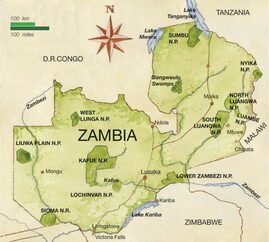 Map of Zambia's national parks Map of Zambia's national parks Whilst Livingstone has one of the seven natural wonders of the world, Victoria Falls are immensely popular, the rest of Zambia has long since been something of a secret backwater. Despite being host to superb safari, arguably some of the best, visitor numbers remain low. Yet those to do make the effort to get here are rewarded with rare levels of intimacy and authenticity, often falling in love and returning time and again. Lusaka, the capital, sits in the middle of the country, more or less. At seven o’clock, in the south, Livingstone and Victoria Falls have a wide range of activities, and a good mix of hotels, guesthouses, and safari lodge style places to stay. From chopper rides down the gorges and over the falls, microlight flights, rhino tracking on foot, bungy jumping, white water rafting the rapids downstream, or more sedate canoeing upstream, sundowner G&T cruises with sumptuous nibbles, there is plenty to keep visitors occupied. Oh, and you can also walk opposite the widest single sheet of falling water in the world. The most frequented safari area is South Luangwa National Park, way over in the east of the country, up at two o’clock. South Luangwa has a range of lodges and bush camps, and it was here that Norman Carr pioneered the walking safari back in the fifties (watch the video below to hear about his legacy). Most of the lodges don’t have the same level of sophistication as the top lodges in neighbouring Tanzania, Kenya, or the safari mecca of South Africa, but the wildlife experience, thanks in part to the excellent guiding standards here, is top-notch. Add to that the picturesque floodplains, the lovely Luangwa River, and you get my personal favourite location for a green season safari, and in my top five over all. You can choose from classic 4x4 game-watching, day or night, half-day walks, walking between camps, a combination of walking and driving, or, between December and April, boat-based game-viewing too. South Luangwa is very strong for cat sightings, and the usually elusive leopard is a common sighting here. I’ve seen at least one on almost every day I’ve spent there, and on one three-night trip, 2 lion kills and a leopard kill. My beloved Wild dogs are also well-established here, and some of my favourite Wild dog sightings are from South Luangwa. Watching them mess around with Zebra one sunset, and give the run around to an elephant mum and calf at a waterhole one afternoon were endearing moments. Access is via scheduled flights to Mfuwe. Another great safari area is Lower Zambezi NP, at three o’clock from Lusaka, with superb camps and a wide range of activities. The Zambezi River is wide here, and boat-based game-viewing, canoeing, sundowner cruises, and tigerfish fishing are all possible in addition to the usual walking and diurnal or nocturnal 4x4 game-viewing. Opposite Zimbabwe’s famous Mana Pools, it shares its northern border with the huge rift escarpment. With a mix of beautiful leadwood and fig forests and rolling grass plains, the different habitats here encourage a wide variety of flora and fauna, though oddly it has no giraffe. The huge densities of wildlife tend to stay close the river, and game drives and canoe safaris often encounter large herds of elephant, buffalo, zebra and wildebeest. The riverfront is also ideal leopard habitat and it's not uncommon to see one of these rare predators lazing in a tree beside the river. Lower Zambezi is only visited between April and November. Another top safari area is Kafue, at nine o’clock from Lusaka, a huge and little-visited reserve well worth considering. The size of Wales, it’s a magical landscape but one that receives substantially less attention than both the Lower Zambezi and South Luangwa. The wildlife viewing isn’t as abundant, but few places can match them, however with a little bit of patience and an appreciation of beauty and solitude, Kafue can be ideal. In actual fact, the park has a larger variety of species than anywhere else in Zambia, including cheetah, sable antelope and the elusive roan antelope, and it’s the only area where hot air ballooning is possible. With a mix of forests, plains, savannah, and the Kafue River, canoeing and boating are on the menu alongside day and night drives and walking. Out to the west, Busanga Plains attract huge herds of plains game from July to November. Other parts of the park are open year-round. For those seeking more solitude and a step back in time, North Luangwa, with a focus on walking safari, might be your cup of chai. 50% bigger than Luxembourg, with just three small camps, including three-tent Mwaleshi, and two-chalet Takwela, located at the honey pot; the junction of the Mwaleshi River with the Luangwa River. The lion along the Mwaleshi River are known for their confidence and walking safaris can get great views, you will feel like a true explorer of old. Open only in the dry season between June and October, there are very few vehicle tracks, though more are being created to enhance the variety of game-drive areas. With enormous herds of buffalo, ever-present predators, remarkable birdlife, the rare Cookson’s wildebeest, and few human visitors, North Luangwa is one for the safari purists’ list. Whilst Liuwa Plain, far to the west, is a remote and little-known safari area, it’s fast becoming an addition to the to-see list of the discerning safari aficionado. Its 3,660 km2, the same as Delaware’s land area more or less, of broad savannah are home to the second biggest wildebeest migration on the continent, a flourishing cheetah population, the famed Lady Liuwa lion pride, hyenas in clans of 50 or more, zebra, red lechwe, eland, buffalo, tssebe and more than 300 bird species, Africa's densest concentration of endangered wattled cranes and other rare game. Yet it remains one of Africa's greatest secrets. The solitary camp, King Lewanika opened in 2017 and only has six tented villas, so if exclusivity is your bag, this is the place for you. At just 254 km², Luambe is one of Zambia’s smallest national parks. Situated on the eastern bank of the Luangwa it lies in the heart of the Luangwa valley between North and South Luangwa national parks. The park was declared in 1938 making it one of the oldest conservation areas in Zambia. The wildlife found in Luambe is similar to that of its larger neighbouring parks and includes all the typical large herbivores, carnivores as well as some less well-known species, but they are generally present at lower densities than in the bigger parks. The advantage of Luambe is visitor density. With one small losge, you will have the place essentially to yourself. Habitat diversity in Luambe National Park is enormous and within a few kilometres the vegetation ranges from riverine forest, cathedral mopane woodland, floodplain acacia thickets to the sausage tree-dotted open grasslands of the Chipuka plains. There are over 200 species of bird in Luambe and elephant populations as well as those of lion and leopard are said to be on the increase – so it’s well worth visiting now before everyone else catches on. From the south it’s a three to four-hour drive from Mfuwe on dirt road through the Nsefu sector of South Luangwa National Park. From Lundazi it’s a three-hour drive on dirt road to Luambe’s northern entrance making it easy to combine with either or both of its neighbours. So, there you have Zambia, in a nutshell. Loads to do, not enough time to do it all. So if you want to go, have a read of our Zambia pages here and check out some of the sample itineraries we have, or drop us a line here. It’s not a budget safari destination though, so if you are on a tight budget, check out our African safari specials to other countries here |
AuthorPhotographer, conservationist, dive and field guide, teller of bad jokes. Archives
April 2024
Categories
All
|
-
Safari & Beach
-
Diving & Snorkelling
-
Africa and the Indian Ocean
>
-
Caribbean & Americas
>
-
Indonesia
>
- Bali >
- Komodo National Park >
- West Papua and Raja Ampat >
- Lembeh >
- Bangka Island >
- Siladen Island >
- Manado >
-
Indonesia Liveaboards
>
- Raja Ampat Aggressor
- Emperor Raja Laut
- Ondina Liveaboard
- Sea Safari 8
- Sea Safari VI
- Sea Safari VII
- Cheng Ho
- Amira Liveaboard
- Indo Aggressor
- Tambora Liveaboard
- Seahorse Liveaboard
- Adelaar Liveaboard
- Damai I Liveaboard
- Damai II Liveaboard
- Tarata Liveaboard
- Ambai Liveaboard
- Gaia Love
- Putri Papua
- Indo Siren Liveaboard
- TemuKira Liveaboard
- Solitude Adventurer
- Pearl of Papua
- Seven Seas
- Pindito Liveaboard
- Mermaid I Liveaboard
- Mermaid II Liveaboard
- Dewi Nusantara
- Coralia liveaboard
- Blue Manta
- True North
-
Oceania and The South Pacific
>
-
South East Asia
>
-
Africa and the Indian Ocean
>
- Specials & Faves
- Contact Us
- Why Book With Us?
- Testimonials
- Giving back
- Indigoblog
-
Safari & Beach
-
Diving & Snorkelling
-
Africa and the Indian Ocean
>
-
Caribbean & Americas
>
-
Indonesia
>
- Bali >
- Komodo National Park >
- West Papua and Raja Ampat >
- Lembeh >
- Bangka Island >
- Siladen Island >
- Manado >
-
Indonesia Liveaboards
>
- Raja Ampat Aggressor
- Emperor Raja Laut
- Ondina Liveaboard
- Sea Safari 8
- Sea Safari VI
- Sea Safari VII
- Cheng Ho
- Amira Liveaboard
- Indo Aggressor
- Tambora Liveaboard
- Seahorse Liveaboard
- Adelaar Liveaboard
- Damai I Liveaboard
- Damai II Liveaboard
- Tarata Liveaboard
- Ambai Liveaboard
- Gaia Love
- Putri Papua
- Indo Siren Liveaboard
- TemuKira Liveaboard
- Solitude Adventurer
- Pearl of Papua
- Seven Seas
- Pindito Liveaboard
- Mermaid I Liveaboard
- Mermaid II Liveaboard
- Dewi Nusantara
- Coralia liveaboard
- Blue Manta
- True North
-
Oceania and The South Pacific
>
-
South East Asia
>
-
Africa and the Indian Ocean
>
- Specials & Faves
- Contact Us
- Why Book With Us?
- Testimonials
- Giving back
- Indigoblog

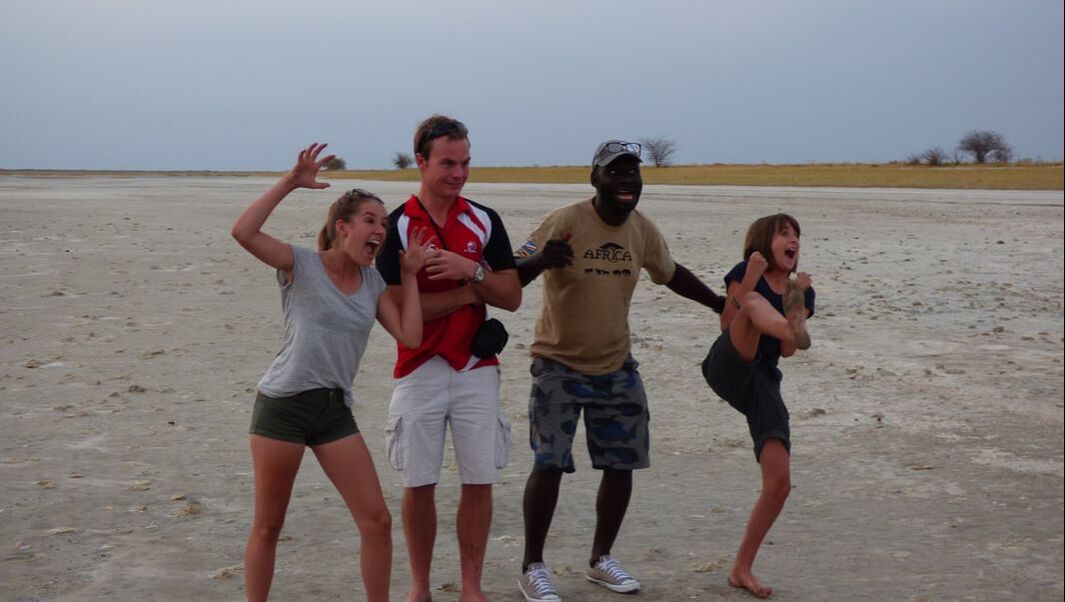
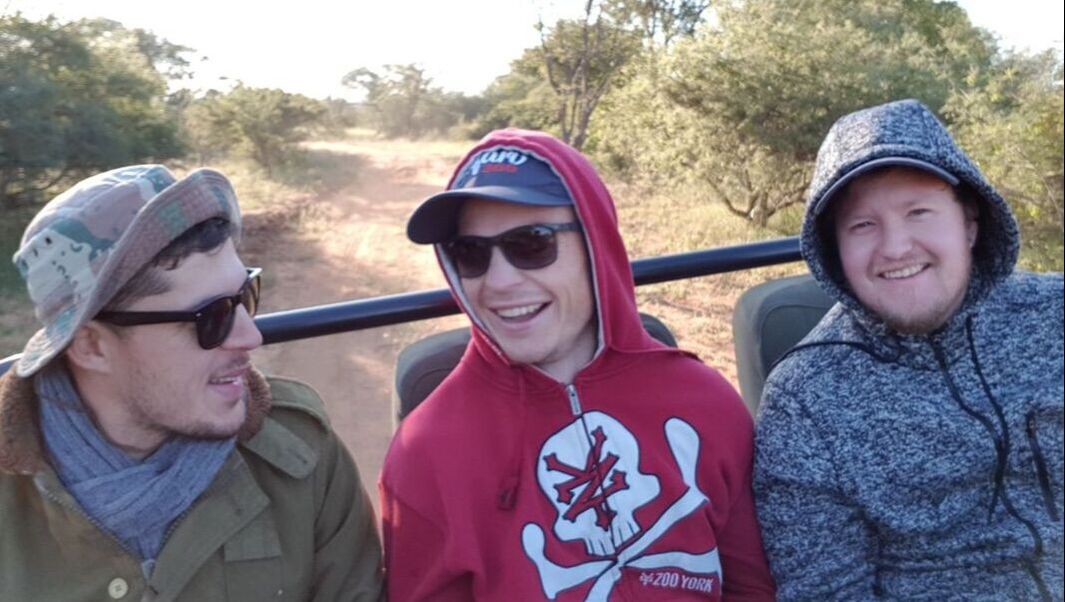
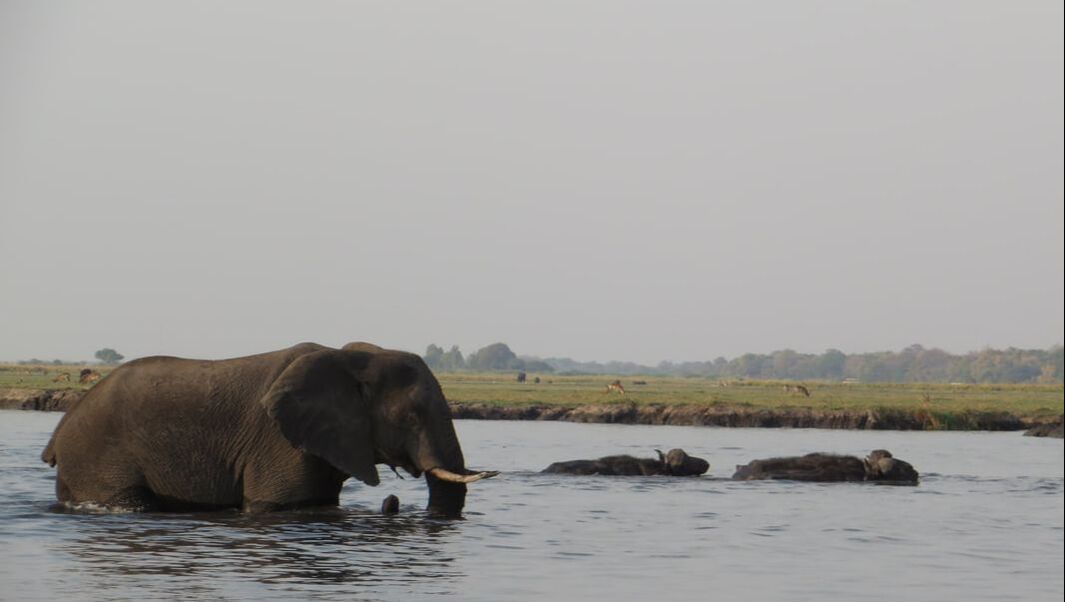
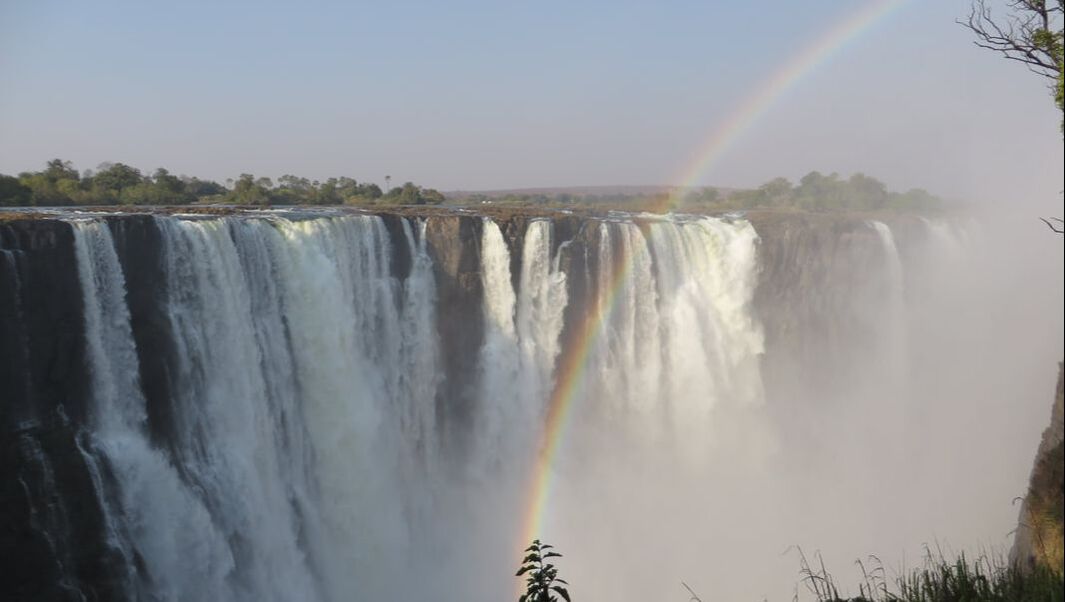
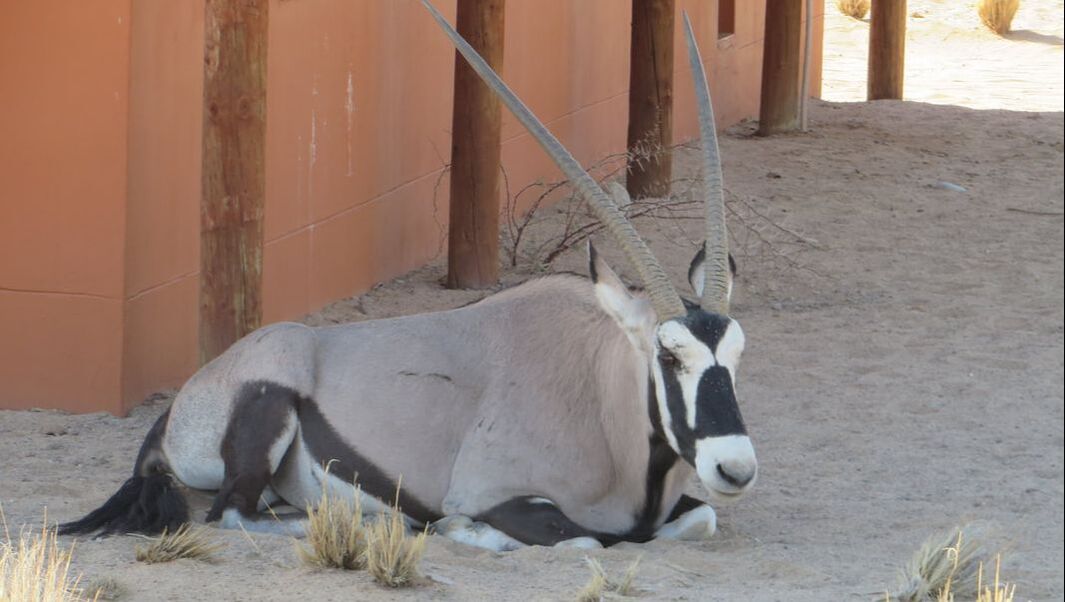
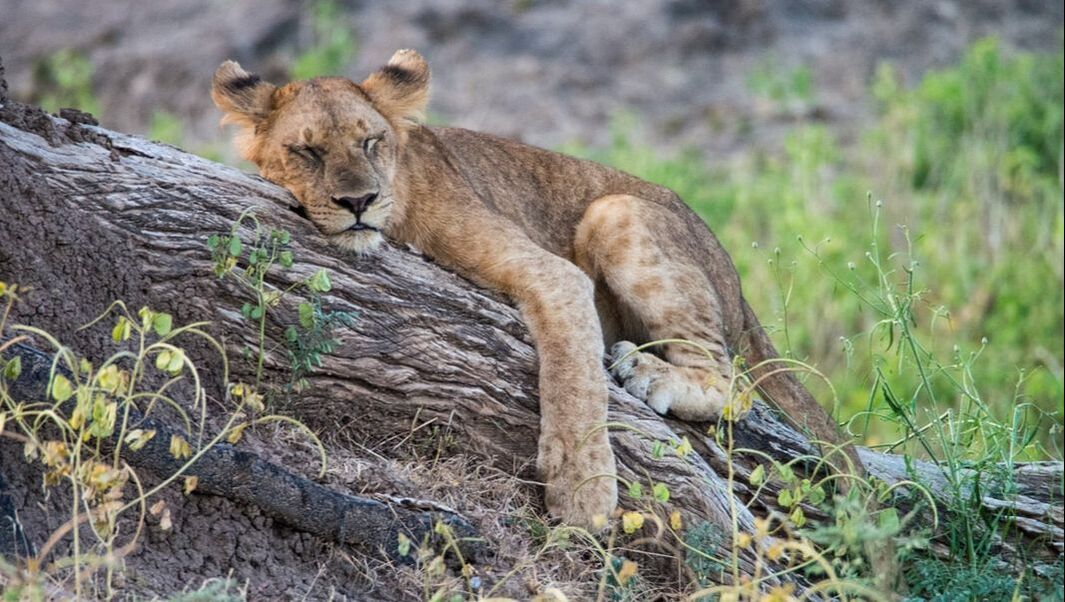
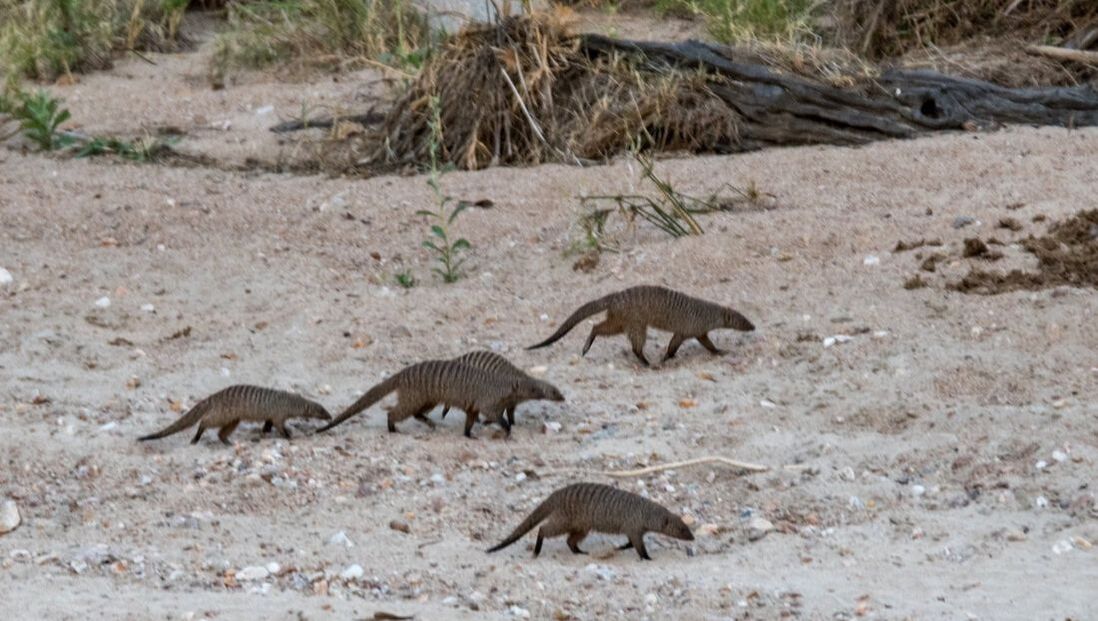
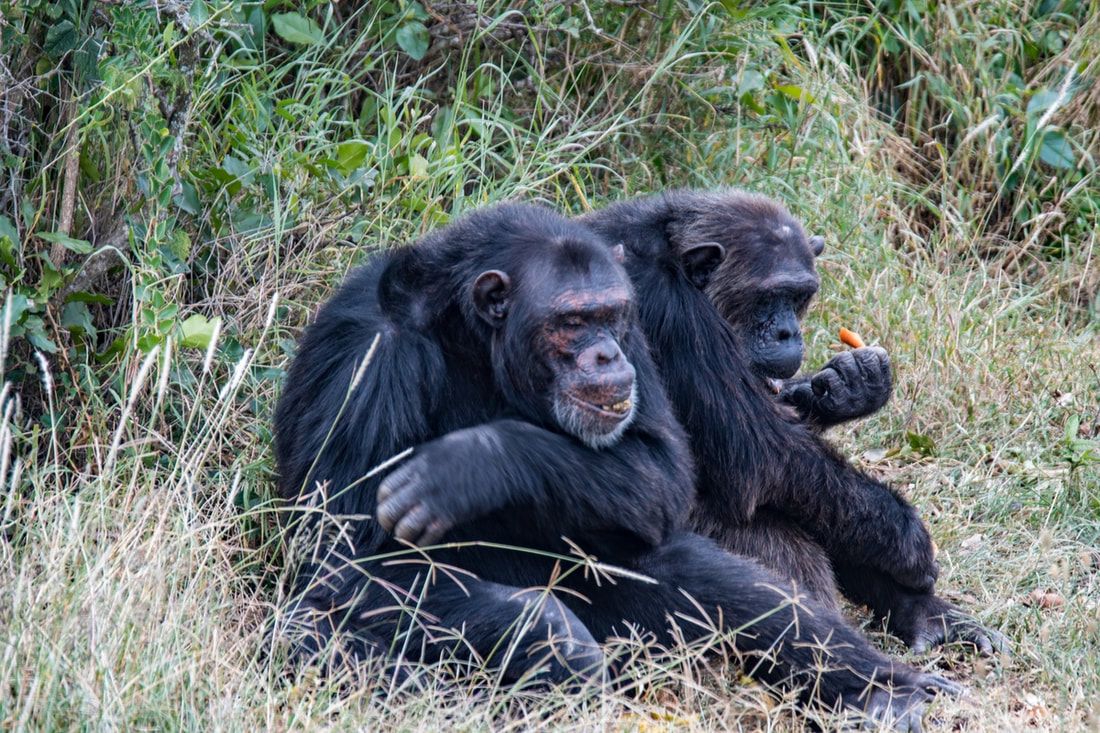
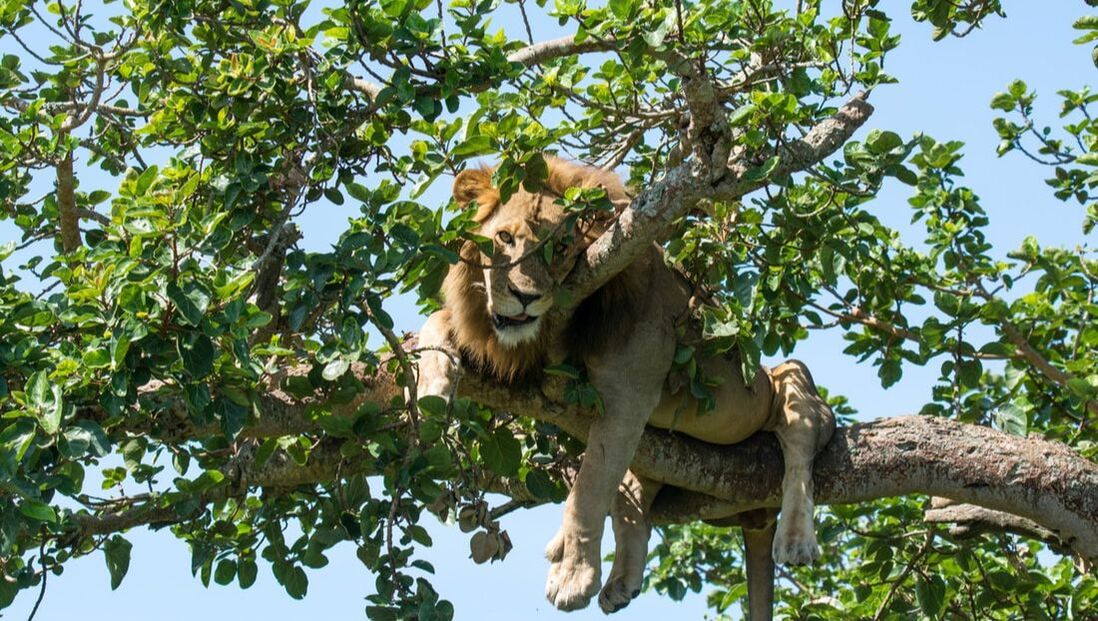
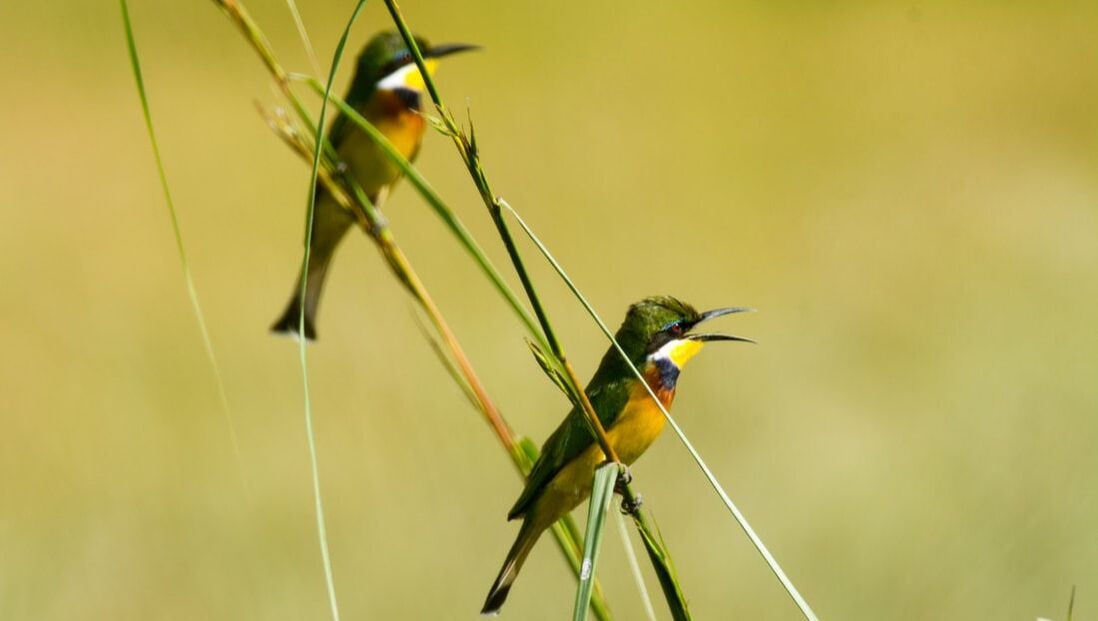
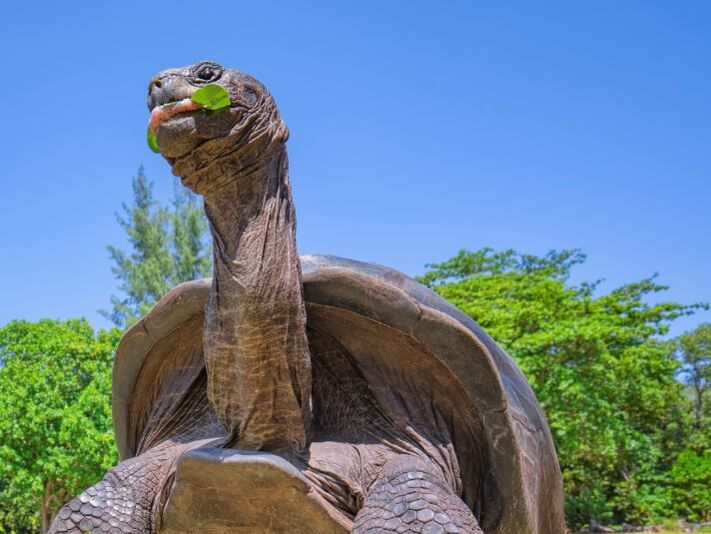
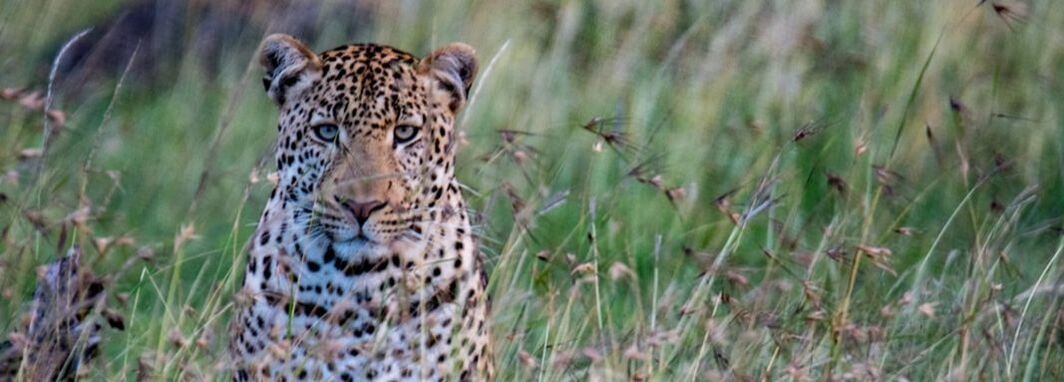


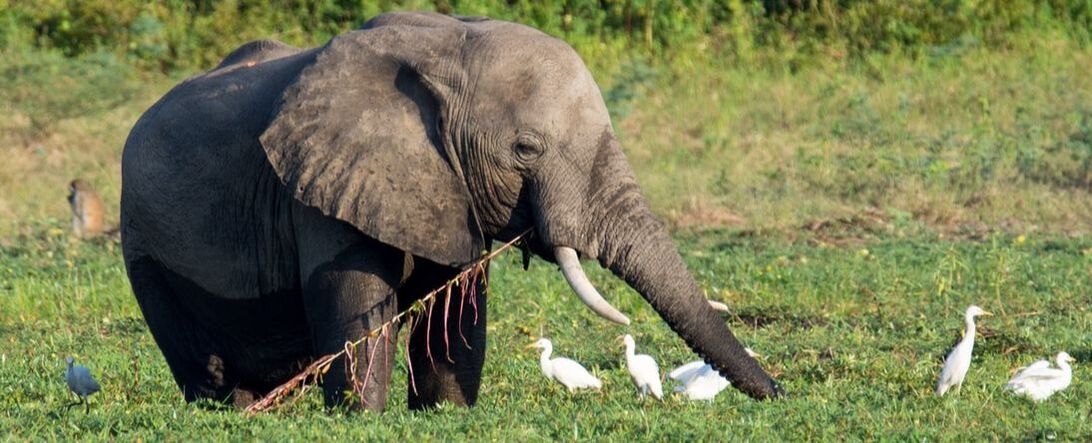
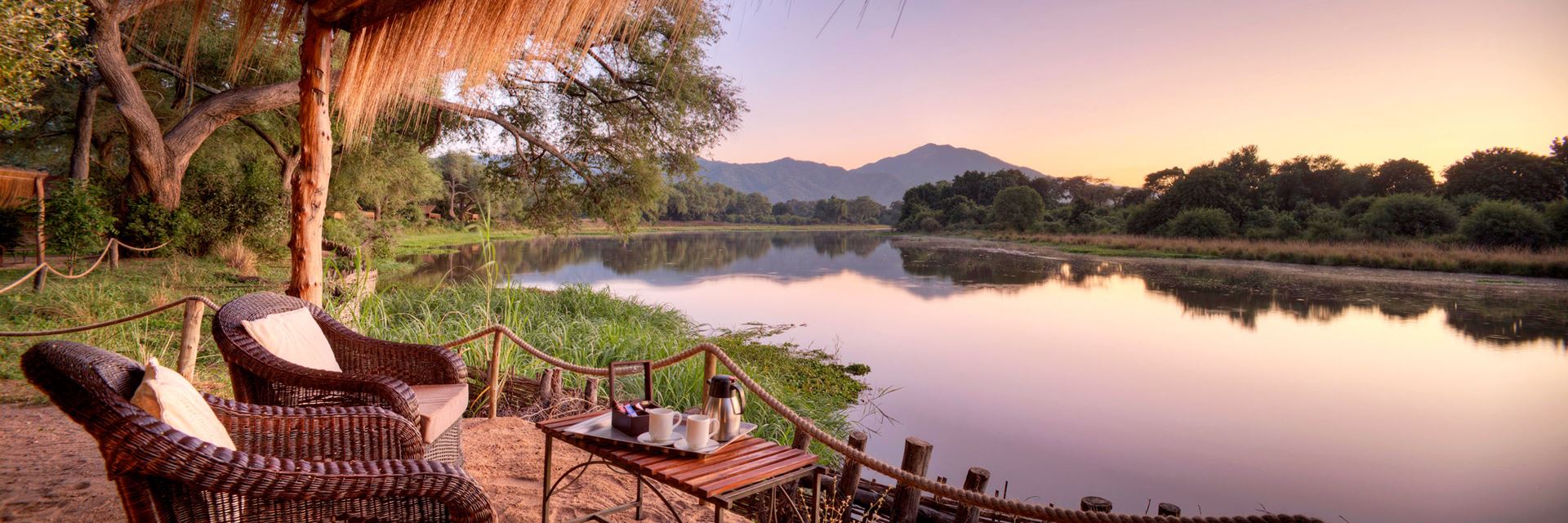

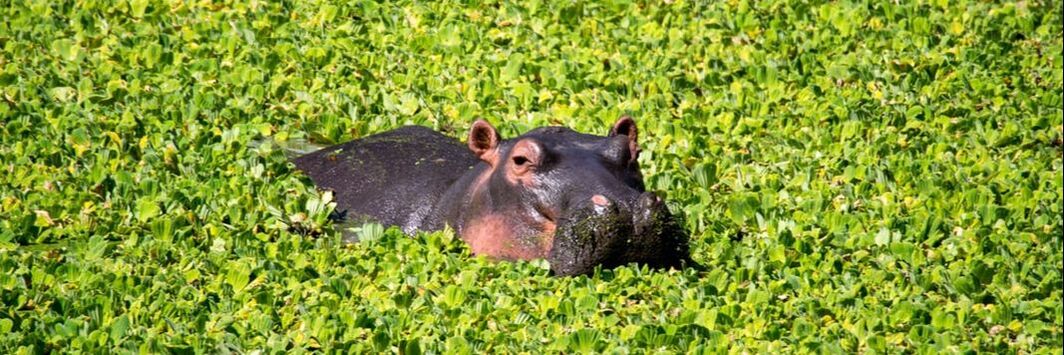
 RSS Feed
RSS Feed


